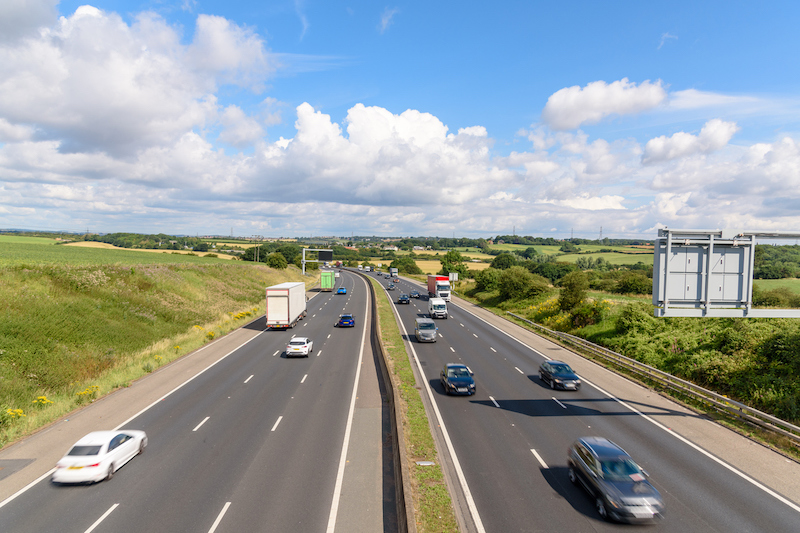All you need to know about child car seat laws

With half term just around the corner, parents are looking around trying to find ways to keep the little ones entertained until they head back to school.
For many, this means a lot of car journeys, as families look to make the most of the heatwave by heading off for days out across the country.
But following recent changes to driving laws surrounding children’s car seats, do you know what is and isn’t legal when it comes to driving your kids around?
Read our guide to everything you need to know about the laws on driving with children and make sure you and your kids stay safe on the roads.
Does my child need to use a car seat?
If your child is under 12 years old or is less than 135cm (4’4”) tall, then they must sit in the appropriate car seat for them if they’re traveling in cars, vans or other goods vehicles.
When can children legally travel without a car seat?
If the correct car seat isn’t available, a child aged three or over can only use an adult seat belt if the journey is unexpected, necessary and only over a short distance.
If your child is under three years of age and the correct car seat isn’t available, then the vehicle they’re travelling in must be a licenced taxi or minicab and your child must travel on a rear seat without a seat belt.
What types of car seat are there?
There are two types of car seat available on the market: height-based child seats and weight-based child seats.
Height-based child car seats are called i-Size seats, while weight-based car seats/carriers come in a range of options: 0kg to 9kg; 0kg to 13kg; 9kg to 18kg; 15kg to 36kg; and 22kg to 36kg.
What car seat should my child use?
If your child is under 15 months then they must use a rear-facing ‘lie-flat’ baby carrier or rear-facing baby seat securely harnessed with the car’s seatbelts or ISOFIX system – as long as this is not fixed on the front passenger seat.
It’s illegal to use a rear-facing car seat in the front seat if there’s an active front passenger airbag. The airbag must be deactivated if this is the case, or the rear-facing child seat must be placed on the back seat.
From 15 months your child’s neck will be stronger so it’s safe to mount their car seats facing forwards, provided they’re securely harnessed.
Children who weigh more than 15kg and who are taller than 125cm can use a backless booster seat, providing they’re properly secured.
In March 2018, new legislation banned the sale of new backless booster seats for children weighing less than 22kg, however, if you already have a backless booster seat, you can continue to use it.
What if there’s no room for three child car seats?
If there’s not enough space in the back of your car for a third child car seat, children under three must sit in the front seat with the correct child car seat, while children aged three or above can sit in the back using an adult belt.
When can a child stop using a car seat?
Children over 1.35m tall or who are over the age of 12 don’t require a child’s car seat but they must wear the adult seat belt whether travelling in either the front or back of the car. It’s the driver’s legal responsibility to ensure that the adult seat belt is being worn and that the child is correctly secured in the car.
If your child is over 14 years old, then an adult seat belt must be worn if available and it’s the responsibility of the passenger (not the driver) to ensure that they’re wearing their seat belt.
From what age can a child sit in the front seat?
Children over 1.35m tall or who are over 12 years old are able to ride in the front passenger seat without any child car seat, as long as they’re wearing the adult seat belt.
To keep up to date with all the driving laws that could affect you, make sure you visit 1ST Central’s Hub for all things related to the rules of the road.


